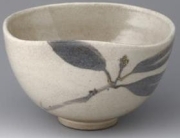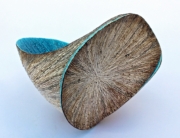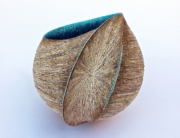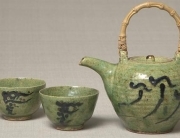Kobori Enshu et Matsudaira Fumai: The Aesthetics of Tea Masters Daimyo
Kobori Enshū (1579–1647) and Matsudaira Fumai (1751–1818) were both Edo period daimyō tribe masters who were moreover eminent tea aces. Enshū served as tea counselor to the third Tokugawa shogun Iemitsu. He was mindful not just for the designation of masterwork chaire tea compartments, and yet for the supervision of the production of earthenware works and the production of various eminent tea utensils cherished by later eras. At that point 150 years after the fact, Matsudaira Fumai, master of the Matsue family in the late Edo period, likewise made his name as a major gatherer of tea utensils. He is especially prestigious for his provision of the meibutsu (standing) framework to tea utensils. Fumai incredibly venerated Enshū and greatly lauded his tasteful tastes.
This show offers pretty nearly 50 tea utensils from the Nezu Museum accumulation that have Enshū or Fumai provenance. We trust that guests will revel in this chance to come to be more acquainted with Enshū’s specific kirei sabi (delightfully natural) tasteful and Fumai’s brilliant connoisseurship and distinguishment of masterworks.
Thé Cintainer, nommé Osaka Japon Nanbokucho-Muromachi, 15e siècle périodes
Vase de fleurs, nommé Sairai Japon Période Edo, 17e siècle
Tea Bowl, nommé Miyoshino Koria Chosǒn dynastie, 16-17ème siècles
Conteneur thé Japon Période Edo, 19e siècle
Tea Bowl, nommé Nagasakio PKoria Chosǒn dynastie, 17e siècle
Brûle-encens en forme de lion Japon Période Muromachi, 16e siècle













